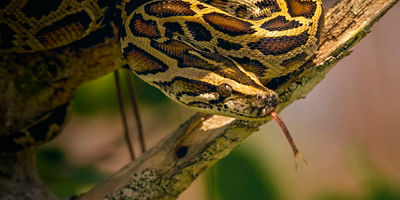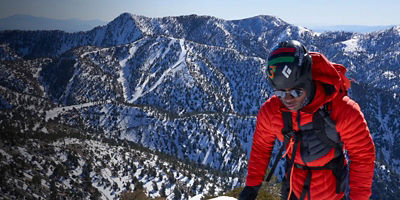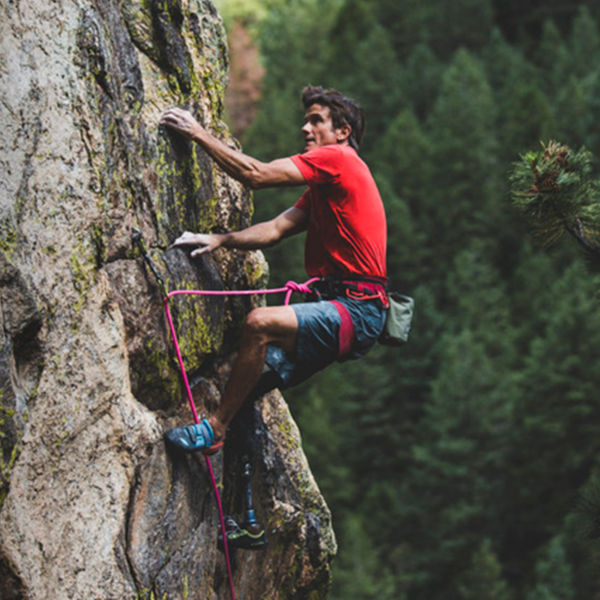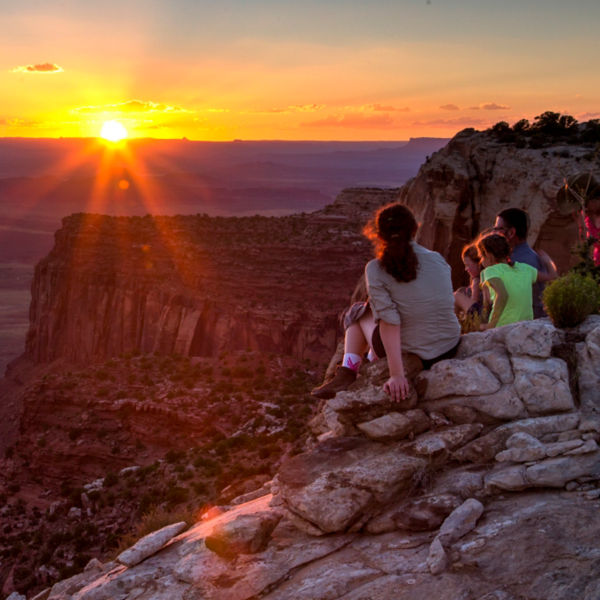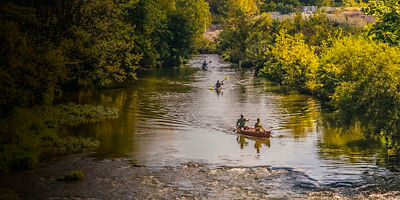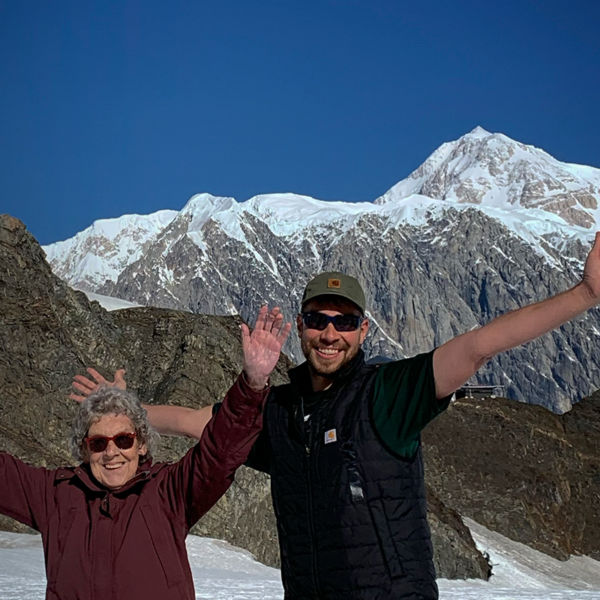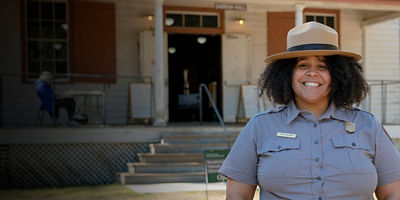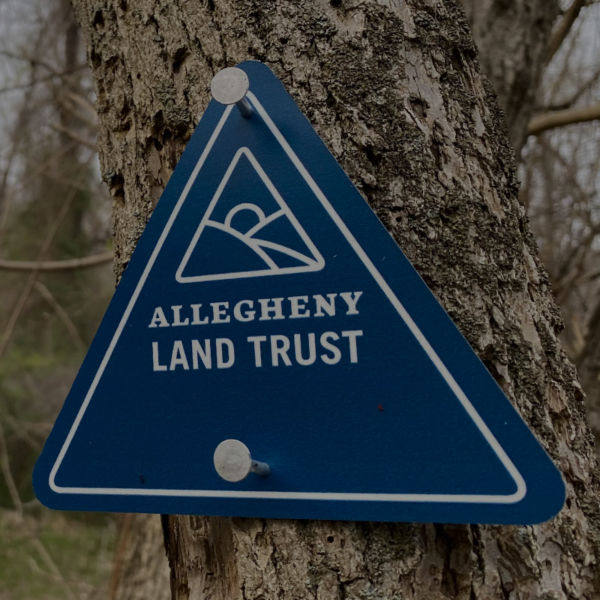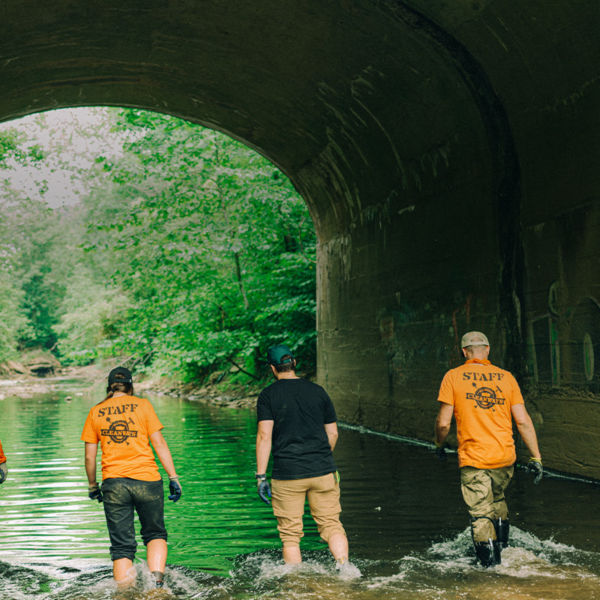
All across America, conservationists are watching a small patch of southern Nevada desert with bated breath. Located between Lake Mohave and Mojave National Preserve, Avi Kwa Ame (Ah-vee Kwah May) is a stark, serene landscape that’s been sacred to local Native tribes for centuries. It’s now expected to become our nation’s newest national monument.
That begs the question: With all kinds of massive, iconic landscapes—from Tongass National Forest in Alaska to Owyhee Canyonlands in Oregon—all vying for national monument status, how did this little scrap of desert get bumped to the top of the list? How did it rise so fast to capture the public’s imagination?
According to Jocelyn Torres, senior field director for the Conservation Lands Foundation (CLF), a nonprofit organization that advocates for national monuments, most of it comes down to one woman: an avid hiker and artist without any lobbying or political background. Her name is Kim Garrison-Means. The campaign to save Avi Kwa Ame from oil and gas development had started years before Garrison-Means ever heard of it, and it was propelled forward by a handful of concerned locals and members of the Fort Mojave Tribe. But when the campaign started looking for a spokesperson who could bridge partisan divides, Kim, who’s lived on the borders of Avi Kwa Ame all her life and has spent decades hiking the landscape, stepped forward.
“Kim is one individual. She has knocked on every door of her neighbors’ homes,” Torres explains. “She’s gone to bingo nights and town halls and even to D.C. to talk to her elected officials about why this place matters to her.”
For a lot of people, politics can be overwhelming, and establishing a new park—let alone a new national monument—seems like an impossible task. But Garrison-Means’s story proves that anyone can make a difference and that everyone has a role to play. Public Lands recently sat down with Garrison-Means to understand more about how she stepped into her own role to save nearly 450,000 acres of sacred lands.
PUBLIC LANDS: What made you fall so hard for this landscape that you felt you had to save it?
KIM GARRISON-MEANS: I had no choice, because I’ve known that landscape my whole life. My grandparents moved to this 60-acre plot outside of Searchlight, Nevada, in the 1960s. The landscape I grew up in is within the national monument’s proposed boundaries. It’s a remote area, so you don’t see towns or other people, and I grew up hiking among these beautiful granite boulders that remind me of Joshua Tree National Park. My grandfather would put out water for the animals because the historic springs of the area were getting more dry as the decades progressed. I grew up with him teaching me the names of the plants and animals and rocks and stars, and that was instilled in me as part of my experience of the world—that all these things are our neighbors, and we all live together and treat one another as equals.
What’s it like hiking through Avi Kwa Ame?
There are a number of wonderful, trail-sized roads that are designated routes left over from the mining era which was about 1900 and 1920. At the time they were wagon roads. They’re small and they go to mysterious places. Hiking was a big thing for our family, as well as Jeeping down those roads. We’d go out to the Eldorado Mountains and the Highland Range and the Newbury Mountains—those are all pretty extensive, dramatic ranges with huge basins around them. You can view the Colorado River going all the way through into Arizona and see all the way into California.
Then there’s the diversity of species there. You have all these different colors of lichens that come out on the rocks, and you can find things like mushrooms and red-spotted toads after the rain. These things are so inspiring because they’re in direct conflict with the idea that the desert is this vast expanse of nothingness. But here we have so much life, and the diversity of the ecosystems and micro-ecosystems is really stunning.












